A lot of backpacking trips consist of heading out on the trail for days at a time. This means that it becomes your responsibility to carry all of your food with you, which may become difficult when it comes to preparing food.
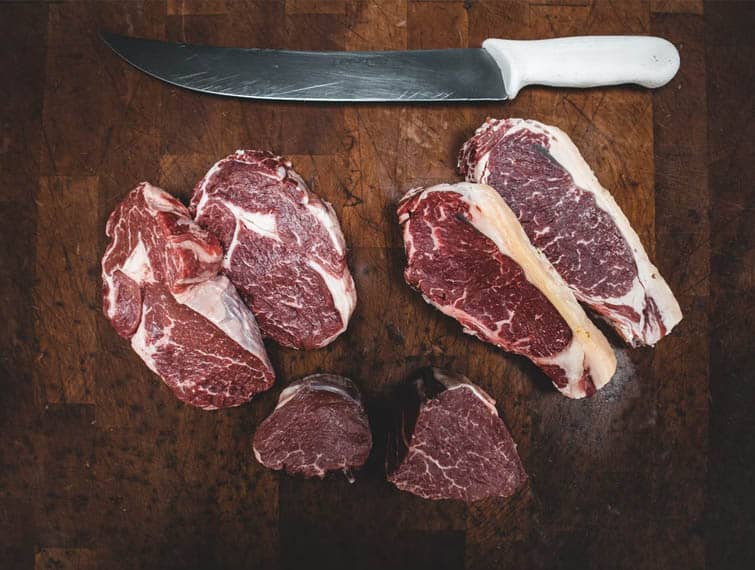
One of the most important aspects of backpacking is planning and preparation. The food you pack should be lightweight and simple to consume. It may seem like a no-brainer, but packing meat can actually be tricky.
There are three popular methods for preparing meat for backpacking that all work well: dehydrating, canning, and smoking.
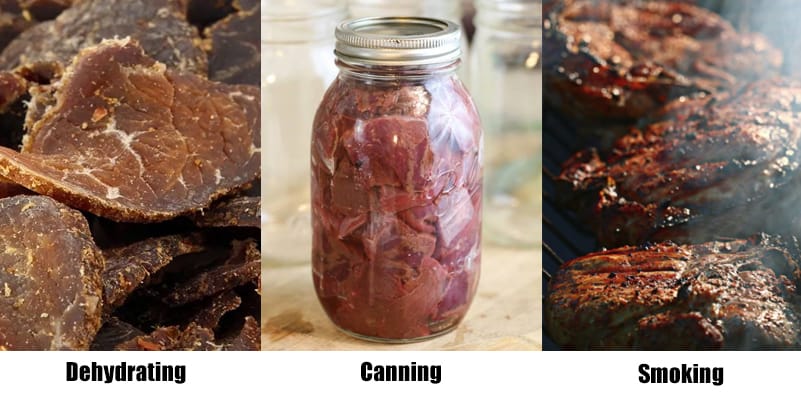
Dehydrating Meat
Dehydrating meat is the process of removing water from the product to cure it or preserve it. The original purpose for this process was to store meat in times of scarcity, but today it is used in conjunction with cooking because it draws out moisture and intensifies flavor.
What makes these meat products so appealing is that they are not only preserved for storage, but they can be cooked in a variety of ways without losing their freshness.
Canning Meat
Canning meat is a delicious way to enjoy the taste of fresh meat when the temperature drops. With little more than a canner, jars, raw meat, salt, and seasonings you can make high quality beef jerky or summer sausage for your next hunting or camping trip.
Fun Outdoor Quiz
However, if done incorrectly these methods can result in food poisoning. It is imperative that you follow instructions closely to avoid dangerous bacteria growth.
Smoking Meat
Smoking meat is a food preservation technique that renders the meat safe to eat and provides an amazing flavor. Smoking can be done with a variety of wood types, but hickory and oak are most commonly used. The smoke from these woods is a powerful flavor enhancer, and is a basic cornerstone of southern BBQ.
Most Popular Meats for Backpacking
Whether you’re a survivalist, a hunter, or a typical backpacker, one of the most important aspects of backpacking is what you pack for food. If you’re going on a long trip that will take many days to complete, then it’s best to pack protein-packed meat that can be eaten raw without cooking.
Below are the most popular types of meat for backpacking:
Beef Jerky
Many backpackers’ preference of beef jerky for backpacking is that it is inexpensive, convenient, and flavorful. Beef jerky takes up little space in a backpack and doesn’t require refrigeration which can be difficult to find at times. The flavor lasts longer than some dried fruits and the nutritional value is more than most other snacks on the market. The cost of beef jerky is also significantly less than some other foods typically brought on backpacking trips such as canned goods or bottles of water.
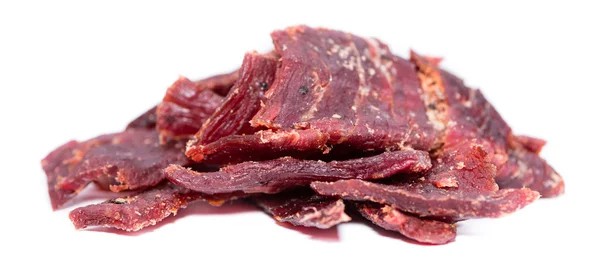
Bacon
Bacon is the perfect food to bring on a backpacking trip. Bacon is portable, low-fat, and tastes awesome eaten cold or hot. Bacon is an ideal food for backpackers because it’s lightweight and hearty, but not so heavy that you’ll pack on pounds of extra weight before you even reach your campsite. It also provides essential fats and proteins to keep you alive for days out in the wilderness.
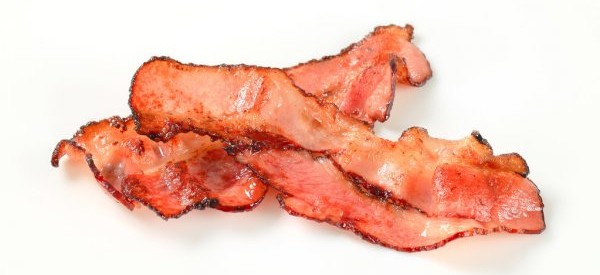
Sausage
Sausage is a great type of food to bring along on a backpacking trip. It is lightweight and can easily be thrown in your pack without taking up too much space. The sausage itself will last longer than most other foods, and it is really easy to make with just boiling water and a pot. You can also make it taste like anything you want by adding any fresh ingredients you may have at the time.

Tuna
Tuna is the best food to bring on an overnight backpacking trip because it lasts for a long time, has lots of protein, and is easy to pack. It’s a great source of protein and fat, which is important when expending a lot of energy. Out in the wild, you’ll need a lot less water, because canned tuna doesn’t need to be cooked. You could also use tuna as bait or even cook it over a fire to make a fresh meal.
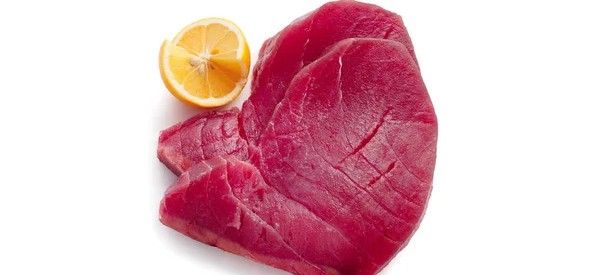
Salmon
There are many benefits to bringing a salmon for backpacking. Salmons do not require refrigeration, they can be wrapped in foil and baked on a fire, and they taste delicious. In addition, the protein of the salmon is absorbed by the human body at a much more efficient rate than other proteins such as beef or pork. Overall, salmons make an excellent backpacking meal.
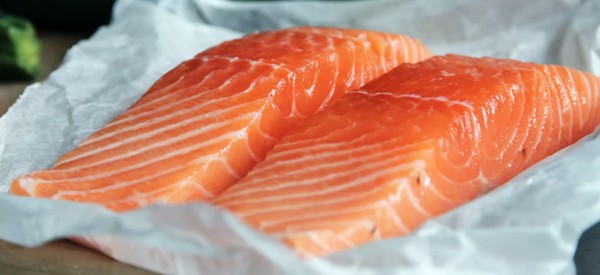
Turkey
There are many reasons why Turkey meat is the perfect food to bring for backpacking. Turkey is low in fat, cholesterol, and calories. Its flavor is milder than beef or pork, resulting in a more versatile dish. It’s high in protein, which will make it great for recovery after a long day of activity. It is also convenient – look for pre-packaged varieties at grocery stores or order online to have fully cooked meat ready to go in your backpack.
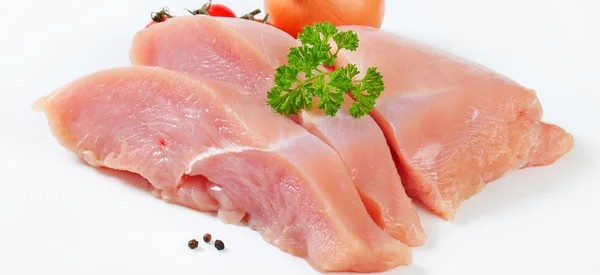
Chicken
When you are backpacking, it can be difficult to find a good meal that will fill you up and keep you going. Chicken is a great food for backpacking trips because it is a light and easy-to-prepare food. It’s also very affordable and can be bought in bulk to save money. However, if you do not have a stove with you, then it may be easier to bring beef jerky as a protein source for any backpacking trip.
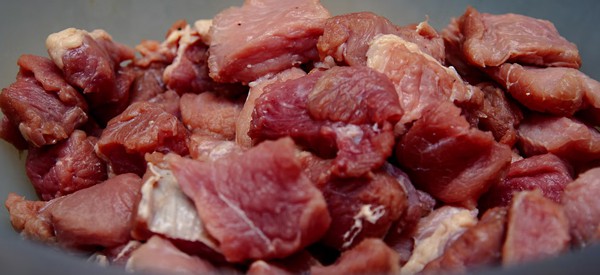
Salami
Salami is an excellent food choice for backpacking because it lasts for a long time without refrigeration, it’s delicious, it contains less calories than other meats, and it’s relatively inexpensive. Salami is delicious because unlike fresh meat, salami has been cured by salt and nitrate. The salt preserves the meat while the nitrite replaces the oxygen in the meat with nitrous oxide which prevents bacteria growth. Lastly, salami is inexpensive.
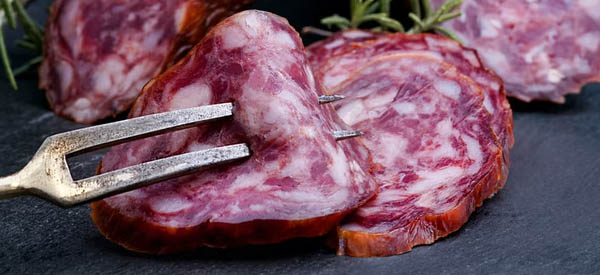
Things to Look out For Bringing Meats for Backpacking
Keep the Meat Cold
If the meat is not kept cold, bacteria will grow and spoil the food. There are many different ways to keep your animal protein cold on the trail. One way is to pack an ice chest for deep-freeze storage of meats prior to departure. Another way is freezing meat before packing it in a cooler with blocks of ice.
Check the Weight
Some meats, such as bacon and ham, can be heavy and can make it harder to carry enough food for an entire day. Planning ahead and finding foods that are light weight, such as canned tuna or dried fruit, can help backpackers plan better and reduce the strain on their backs.
Check Expiration Date
The saying “don’t bring dead meat” is extremely important when backpacking. When carrying meats in a backpacking meal, it is essential that the packer checks the expiration date of the meat before they start their trip. If the meat has an expired date or could be nearing its expiration date, then the packer should not bring it along for their trip. This is because when meats are left out in warm conditions for too long, they can spoil and make you sick.
Avoid Raw Meats
It’s important to consider what type of foods one should pack when going on a backpacking trip. Raw meats and vegetables can be dangerous if not properly prepared and cooked, so for those who enjoy eating such foods, it would be best to pack them in your cooler before starting your hike. Any time you arrive at a place with clean water and availability to cook, do so as soon as possible.
Conclusion
In conclusion, there are many meats that are ideal for backpacking. They all have their pros and cons, so it is best to choose the type of meat you enjoy eating most. Choosing the type of meat that is most important to you can help with your decision for what type of meat to bring on your next backpacking trip.









